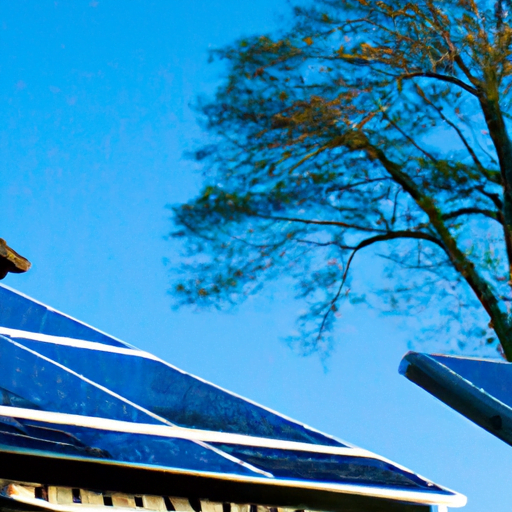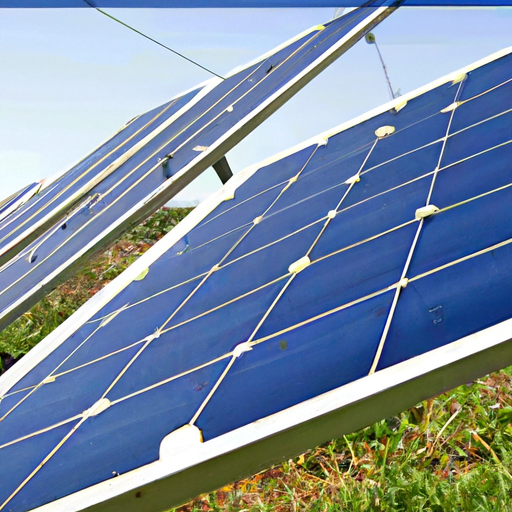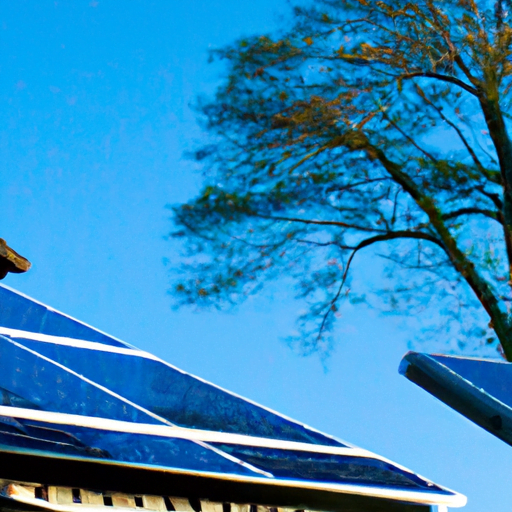Have you ever wondered what it would be like to live off the grid? You know, no more electric bills, no more reliance on public utilities. Just you, your own self-sufficient oasis. It sounds pretty amazing, right? But here’s the thing: living off the grid doesn’t come without its costs. In fact, it can be quite an investment. However, the benefits and rewards that come with it might just outweigh the expenses. In this article, we’ll delve into the cost of running an off-grid lifestyle and explore whether it’s a viable option for you.
So, let’s get down to it. How much does it actually cost to run off-grid? Well, it depends on various factors such as the location and size of your off-grid property, the kind of renewable energy systems you choose, and your overall energy consumption needs. Setting up a solar power system alone can cost anywhere from a few thousand dollars to tens of thousands of dollars. And that’s just the beginning. You’ll need batteries for energy storage, a reliable back-up generator, and sometimes even a water collection and filtration system. All of these components come with their own price tags.
But don’t let the initial costs discourage you just yet. It’s important to look at the long-term benefits. Once you’ve made the investment and set up your off-grid infrastructure, you can enjoy free and renewable energy for years to come. No more monthly electric bills! Plus, living off-grid often means living a more sustainable and environmentally friendly lifestyle. You’ll reduce your carbon footprint and have the satisfaction of knowing you’re doing your part for the planet. So, while the cost of running an off-grid lifestyle may seem daunting, it’s important to consider the bigger picture and how it aligns with your values and goals. In the following sections, we’ll explore these factors in more depth and help you decide if an off-grid lifestyle is right for you.

The Cost of Running an Off-Grid Lifestyle
Living off the grid has become an increasingly popular choice for individuals seeking a simpler, more sustainable way of life. It offers the freedom to disconnect from traditional utility services and rely on alternative options for power, water, and waste management. However, while the benefits of off-grid living are undeniable, it is crucial to understand the financial implications that come with this lifestyle choice. In this article, we will explore the costs involved in running an off-grid lifestyle, including the initial investment, power generation options, maintenance expenses, and water and waste management considerations.
What is Off-Grid Living?
Before delving into the costs of off-grid living, it is important to define what it entails. Living off the grid means disconnecting from centralized utility services such as electricity, water, and sewer systems. Instead, off-grid individuals rely on self-sufficient systems to meet their basic needs. This lifestyle typically involves generating power through renewable energy sources, such as solar, wind, or hydro power, and managing water and waste through sustainable methods.
The Initial Investment
One of the first major costs associated with off-grid living is the initial investment required to acquire land and set up a self-sustaining infrastructure. The cost of land varies widely depending on location, size, and accessibility. Generally, remote areas with suitable natural resources, such as ample sunlight for solar power or strong winds for wind power, tend to be more expensive. Additionally, setting up an off-grid infrastructure, including installing solar panels, wind turbines, or hydro systems, can require a significant upfront investment.
Power Generation Options
Power generation is a critical aspect of off-grid living, as it allows individuals to meet their energy needs without relying on the grid. There are several options available when it comes to generating power off the grid, each with its own costs and considerations.
Solar Power
Solar power is one of the most popular and accessible options for off-grid power generation. It involves installing solar panels to harness sunlight and convert it into electricity. While the cost of solar panels has significantly decreased in recent years, it is still a considerable expense, especially when taking into account the required infrastructure, such as storage batteries and inverters.
Wind Power
For areas with consistent and strong winds, wind power can be a viable off-grid energy solution. Wind turbines convert the kinetic energy of the wind into electricity. However, setting up a wind power system can be expensive, as it requires purchasing and installing the turbines, as well as ensuring proper maintenance to maximize efficiency.
Hydro Power
If you have access to a running water source, such as a creek or river, hydro power can be an efficient and cost-effective option. Hydroelectric systems use the force of moving water to generate electricity. While the initial setup costs of a hydro power system can be high, it often provides a reliable and consistent source of energy.
Maintenance and Upkeep Expenses
In addition to the initial investment in power generation systems, off-grid living requires regular maintenance to ensure optimal performance and longevity. This can include routine inspections, cleaning, and repairs. While some individuals may have the necessary skills to perform these tasks themselves, others may need to hire professionals, which can add to the overall cost of running an off-grid lifestyle.
Water and Waste Management
Managing water and waste is another essential aspect of off-grid living. Depending on the location, obtaining a clean and reliable water source may require drilling a well or installing a rainwater harvesting system. These initial installation costs, as well as the regular maintenance of water filtration and storage systems, should be considered when determining the cost of off-grid living. Likewise, waste management systems, such as composting toilets or septic tanks, may require upfront investment and ongoing maintenance.
Conclusion
While the allure of off-grid living can be enticing, it is important to recognize the financial implications that come with this lifestyle. The initial investment in land, infrastructure, and power generation systems can be substantial. Additionally, ongoing maintenance and upkeep expenses for power generation and waste management systems must be factored into the budget. However, for those seeking a sustainable and self-sufficient lifestyle, the costs are often outweighed by the benefits of independence and reduced environmental impact. Ultimately, the decision to live off the grid should be a well-informed one, considering both the financial and lifestyle aspects involved.





